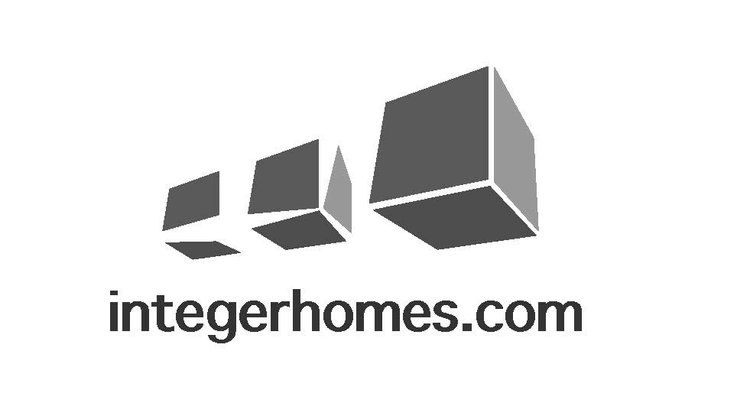Despite the obvious mantra of construction, time = money, a person such as myself needs to peel back a few more layers of the onion. Slow work, in a high cost capital environment is a disaster that mainly hurts the builder. I prefer a shared risk model where everyone takes on the pain rather than one person bears it all. This is hard to find a way to distribute the cost of slow work so the builder tends to eat it.
A second misconception is that faster work is worse work. I’ve debunked that myth on my sites many times. Often faster work is done by pros, who are extremely productive. It isn’t rare to see a true pro crew made up of all ‘A’ players work 4x the speed of a lesser crew. I’ve had crews where it is hard for me to keep the deliveries coming soon enough so they don’t have to quit early. I’ve had crews where the material sits forever waiting for an opportunistic scammer to come along and grab it.
But back to cost of capital. A typical smaller infill project will require some outlay of cash and credit to eventually approach $2 million as completion nears, with funds stuck in raw land for at least a year or two, drawing down cash reserves or taking hostage of the builders limited funds. Those final finishing months, with delays due to supply chain and busy crews, or when finished and waiting to sell can be really costly. Cost of the money can approach now the second most expensive line item behind land. That invisible drain is a massive parasitic drag that can eventually sink the strongest builder. A lot of builders are skilled at fleeing the sinking ship and ensuring they take the smallest loss, basically by burning up other peoples money.
The approach I’ve often used is less leverage and a greater focus on execution. Instead of the cost of capital being the second biggest expense, you can minimize it with pace of work improvement, and low rate internal funds, or even better, funds borrowed at low rate from other assets like cmhc deals. In the market today I have a hard time believing that double digit interest rates will be sustainable to the builder who also has to overpay for land at the outset. It seems like a recipe for margin squeeze.
And this brings us to today where there is a strong favourable sentiment. Land prices and input costs are very high, some at record levels. Interest rates for buyers are likely at the highest number they’ve seen in their adult lives, thus has to cap upside of home prices. Immigration is high, and the energy economy is doing well. All of this is fickle and subject to change, particularly the in-migration, out of province investment flows, and behaviour of Saudi princes and Russian authoritarians. This appears to me like quite a risk recipe, and I’ve stopped looking to purchase any land for the remainder of 2023 and into next year. I’m happy to build out my inventory, some of which I’ve had too long already. Past experience suggests that the market will cycle and much better land deals will result, eventually. Every project is taking longer than it should, and this leads to the greatest risk of them all for the builder. He starts building when the market is good, but pace of work is so slow that by the time he finishes he’s in a totally different market. This has happened to every calgary builder with any sort of track record. Seems to me this will happen again.
